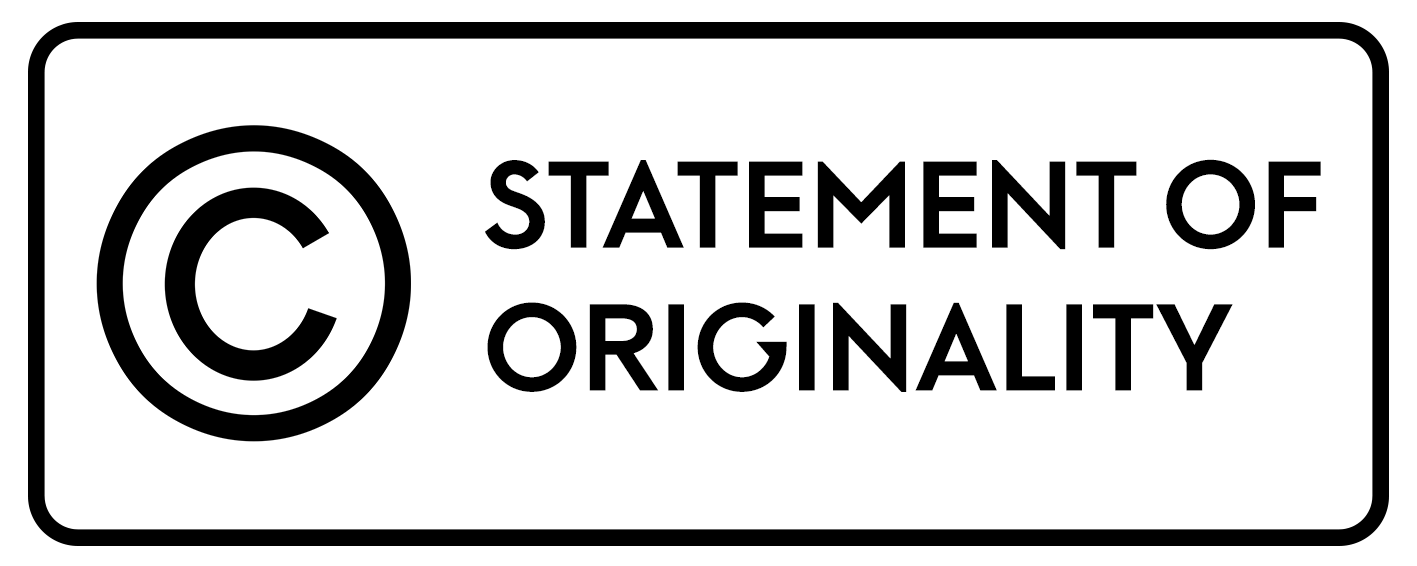Teachers' Perception on Integrating Technology In Differentiated Instruction and Collaborative Learning: A Case Study
 Abstract views: 546
,
Abstract views: 546
,
 PDF downloads: 306
PDF downloads: 306
Abstract
The purpose of this case study is to explore the percepation of Taiwanese middle school teachers on the implementation of digital technology in order to facilitate differentiated instructions and collaborative learning, ultimately enhancing the effectiveness and equity of learning environments in diverse classrooms. The researcher performed observations and semi-structured interviews with three proficient teachers with experience utilizing technology. The results demonstrate that teachers recognize ample potential and prospects in employing digital technology to tailor teaching methods and foster an equitable and supportive learning atmosphere.
Downloads
References
Bebell, D., & Kay, R. (n.d.). One to one computing: a summary of the quantitative results from the berkshire wireless learning initiative: The Journal of Technology, Learning, and Assessment. https://www.learntechlib.org/p/54630/
Bondie, R. S., Dahnke, C., & Zusho, A. (2019). How does changing “One-Size-Fits-All” to differentiated instruction affect teaching? In Review of Research in Education (Vol. 43, Issue 1, pp. 336–362). SAGE Publications Inc. https://doi.org/10.3102/0091732X18821130
Cassady, J. C. (2010). Anxiety in schools: The causes, conse-quences, and solutions for academic anxieties (Vol. 2). New York, NY: Peter Lang. https://doi.org/10.1007/978-3-031-12737-3_2
Creswell, John W., and Timothy C. Guetterman. (2021). Educational research. planning, conducting and evaluating quantitative and qualitative research. 6th ed. Essex: Pearson.
Goodwin, A. L., Low, E. L., Ng, P. T., Yeung, A. S., Cai, L., Goodwin, A. L., Low, E., Ng, P., & Yeung, A. S. (2015). Enhancing playful teachers’ perception of the importance of ICT use in the classroom: the role of Rrsk taking as a mediator. In Australian Journal of Teacher Education (Vol. 40, Issue 4). https://doi.org/10.14221/ajte.2015v40n4.8
Harper, B. (2018). Technology and teacher-student interactions: a review of empirical research. Journal of Research on Technology in Education, 50(3), 214–225. https://doi.org/10.1080/15391523.2018.1450690
Harper, Ben, and Natalie B. Milman. 2016. “One-to-one technology in k–12 classrooms: a review of the literature from 2004 through 2014.” Journal of Research on Technology in Education 48 (2): 129–142. https://doi.org/10.1080/15391523.2016.1146564.
Ismail, S. A. A., & Al Allaq, K. (2019). The nature of cooperative learning and differentiated instruction practices in english classes. SAGE Open, 9(2). https://doi.org/10.1177/2158244019856450
Johnson, R. B., & Onwuegbuzie, A. J. (2004). Mixed methods research: a research paradigm whose time has come. Educational Researcher. https://doi.org/10.3102/0013189X033007014
Kagan, S., & Kagan, M. (2009). Cooperative learning. San Clemente, CA: Kagan. https://www.kaganonline.com/catalog/cooperative_learning.php
Kress and van leeuwen - reading images the grammar of visual design 2. (n.d.). https://www.routledge.com/Reading-Images-The-Grammar-of-Visual-Design/Kress-Leeuwen/p/book/9780415672573
Levy, H. M. (2008). Meeting the needs of all students through differentiated instruction: helping every child reach and exceed standards. The Clearing House: A Journal of Educational Strategies, Issues and Ideas, 81(4), 161–164. https://doi.org/10.3200/tchs.81.4.161-164
Lindner, K. T., & Schwab, S. (2020). Differentiation and individualisation in inclusive education: a systematic review and narrative synthesis. International Journal of Inclusive Education. https://doi.org/10.1080/13603116.2020.1813450
Nemiro, J. E. (2021). Building collaboration skills in 4th- to 6th-grade students through robotics. Journal of Research in Childhood Education, 35(3), 351–372. https://doi.org/10.1080/02568543.2020.1721621
Sadeghi, M. R. (2012). The effects of cooperative learning on critical thinking in an academic context. Journal of Psychological and Educational Research, 20(2), 15-30. http://www.marianjournals.com/files/JPER_articles/JPER_20_2_2012/Sadeghi_20_2_2012.pdf
Stake, Robert E. (1995). The art of case study research. Thousand Oaks, CA: Sage. https://us.sagepub.com/en-us/nam/the-art-of-case-study-research/book4954
Thomas, Gary. (2021). How to do your case study. 3rd ed. London: Sage Publications. https://uk.sagepub.com/en-gb/eur/how-to-do-your-case-study/book270216
Tomlinson, C. A. (2001). How to differentiate instruction in mixed-ability classrooms. Association for Supervision and Curriculum Development. https://rutamaestra.santillana.com.co/wp-content/uploads/2020/01/Classrooms-2nd-Edition-By-Carol-Ann-Tomlinson.pdf.
Van Geel, M., Keuning, T., Frèrejean, J., Dolmans, D., van Merriënboer, J., & Visscher, A. J. (2019). Capturing the complexity of differentiated instruction. School Effectiveness and School Improvement, 30(1), 51–67. https://doi.org/10.1080/09243453.2018.1539013.
Yin, Robert K. (2018). Case study research and applications: design and methods. 6. utgave. Los Angeles, CA: SAGE. https://us.sagepub.com/en-us/nam/case-study-research-and-applications/book250150.
Copyright (c) 2024 Mustofa

This work is licensed under a Creative Commons Attribution 4.0 International License.

Jurnal Simki Pedagogia : https://jiped.org/index.php/JSP/index is licensed under a Creative Commons Attribution 4.0 International License.
















